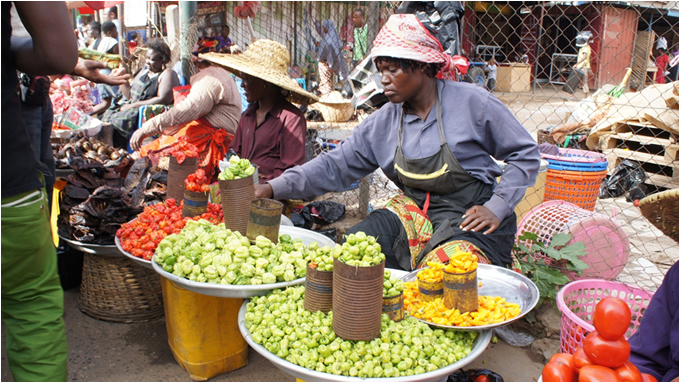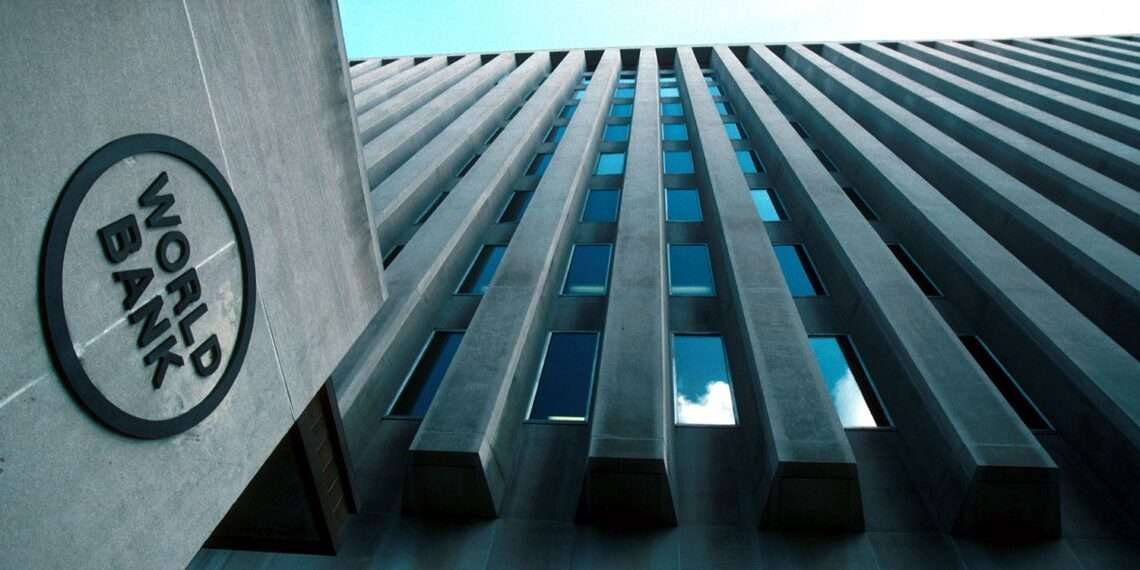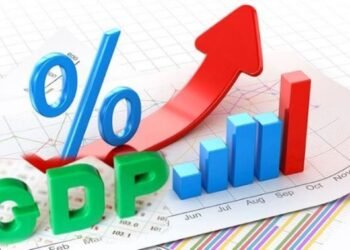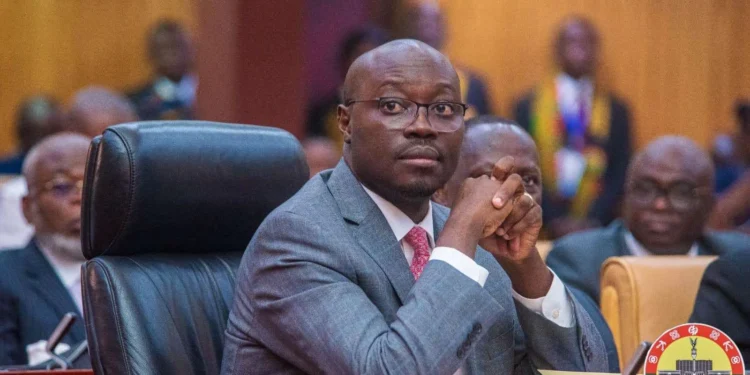Estimates from the World Bank show that Ghana’s economy expanded by 4.1% in 2021, lower than the 4.4 percent forecast by the government of Ghana.
Ghana’s GDP growth stood at 4.5% as at the end of the first three quarters of last year, but growth may outpace this estimate if the economy performs better in the last quarter of 2021 since the Ghana Statistical Service is yet to release GDP figures for Q4 2021 .
In its January 2022 Global Economic Prospects report, the Bretton Woods Institution expects the country’s growth to pick up strongly in 2022 and 2023. Per the recent forecast, growth is expected to rise to 5.5 percent this year before slowing down marginally to 5.0 percent in 2023.
This year’s estimate is higher than the projected 3.6 percent average growth for Sub-Saharan Africa. It is however, lower than the forecast by the World Bank’s sister Institution, the International Monetary Fund (IMF), which has projected a strong growth of 6.2 percent for West Africa’s second largest economy this year.
The 2022 forecast by both the World Bank and the IMF, placed Ghana among the fastest growing economies on the African continent. Meanwhile, the government of Ghana expects the economy to expand by 5.8 percent in 2022 as the global economy begins to pick up.
Yet, in its latest report, the World Bank warned that risks to the outlook are tilted to the downside. Poverty, food insecurity, rising food prices, and geopolitical tensions could dampen consumer sentiment and hinder growth, the World Bank highlighted.

A substantial moderation of the global economic growth, according to the World Bank, could trigger a significant downward correction in commodity prices to the detriment of the region’s oil and metals producers.
“Countries facing debt sustainability challenges may face reduced access to external funding, forcing abrupt fiscal adjustment. Very low COVID-19 vaccination rates in the region pose a threat of renewed and more severe outbreaks, which could trigger recurrent disruption to activity.
“A prolonged pandemic could amplify past development and health challenges, derail structural and fiscal reforms, and result in lasting human capital losses”.
World Bank
Outlook for the region
Per the recent World Bank forecast, Rwanda was the fastest growing economy in Sub-Saharan Africa last year with a strong growth of 10.2 percent after an estimated contraction of 3.4 percent in 2020. In 2022, the Bank expects Seychelles to be the fastest growing economy in SSA with a 7.7 percent expansion after expanding 6.9 percent in 2021. With a projected 7.1 growth, Rwanda is expected to be the second fastest growing economy in Sub-Saharan Africa this year.
The World Bank stated that elevated commodity prices are expected to support near-term recovery across the region, with higher oil prices and the gradual easing of OPEC+ production cuts benefiting Nigeria and Angola. Growth in Nigeria is expected to reach 2.5 percent in 2022 and 2.8 percent in 2023, while Angola’s economy is projected to grow by 3 percent on average in 2022-23.
Growth in South Africa is forecast to moderate to its pre-pandemic trend, being held back by structural impediments and elevated levels of public debt. High prices for food commodities like coffee and cotton will benefit agricultural exporters (Ethiopia, Kenya, and Tanzania).
However, for some countries, expansion of agricultural activities will be constrained by a variety of uncertainties, including droughts and lower than average rainfall as well as intensifying conflict.
READ ALSO: Food Prices Will be Stable across Ghana in the First Quarter- Esoko Ghana























